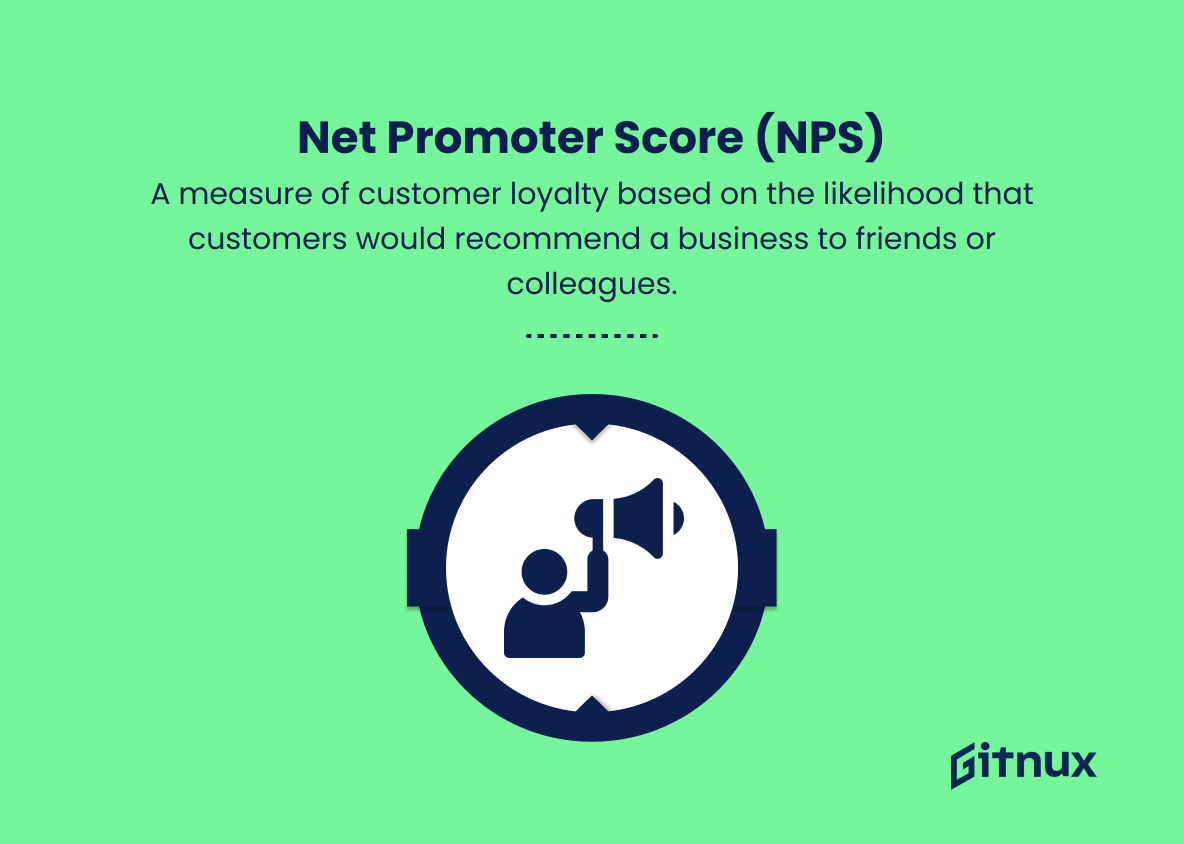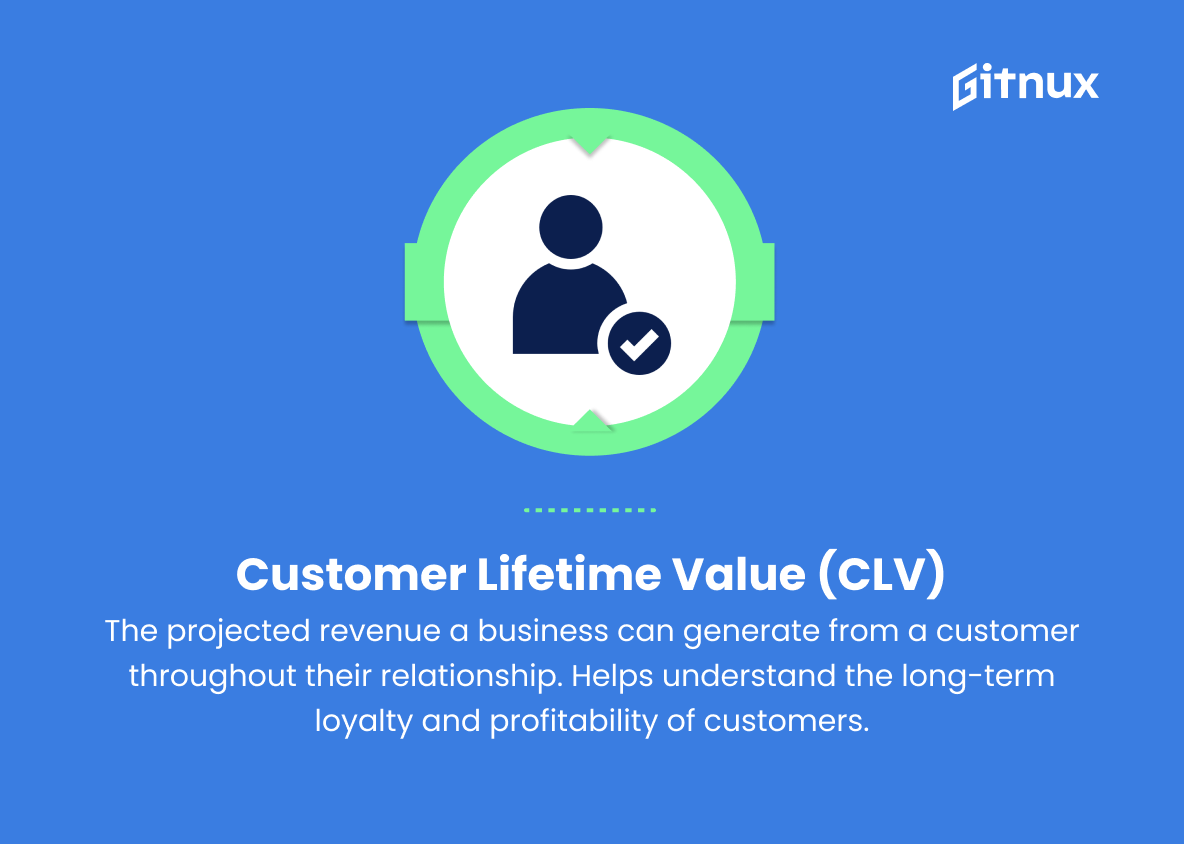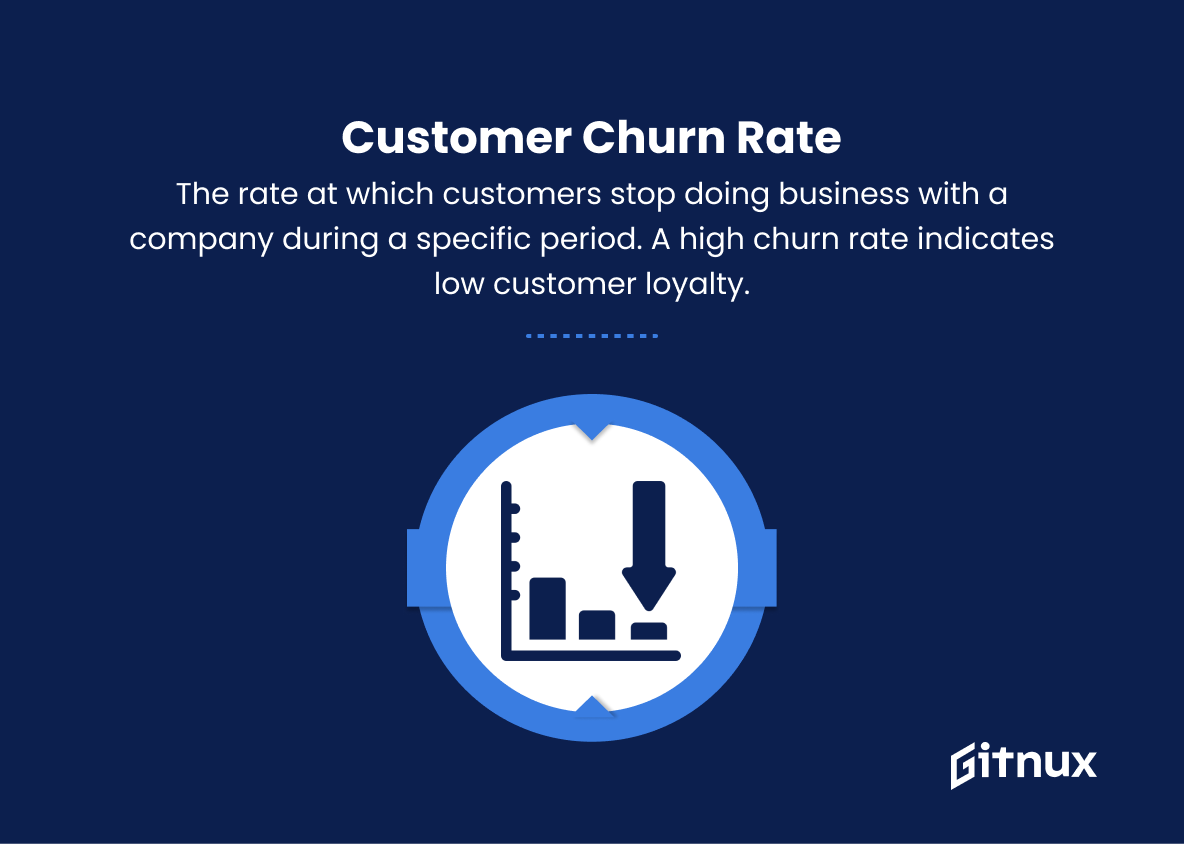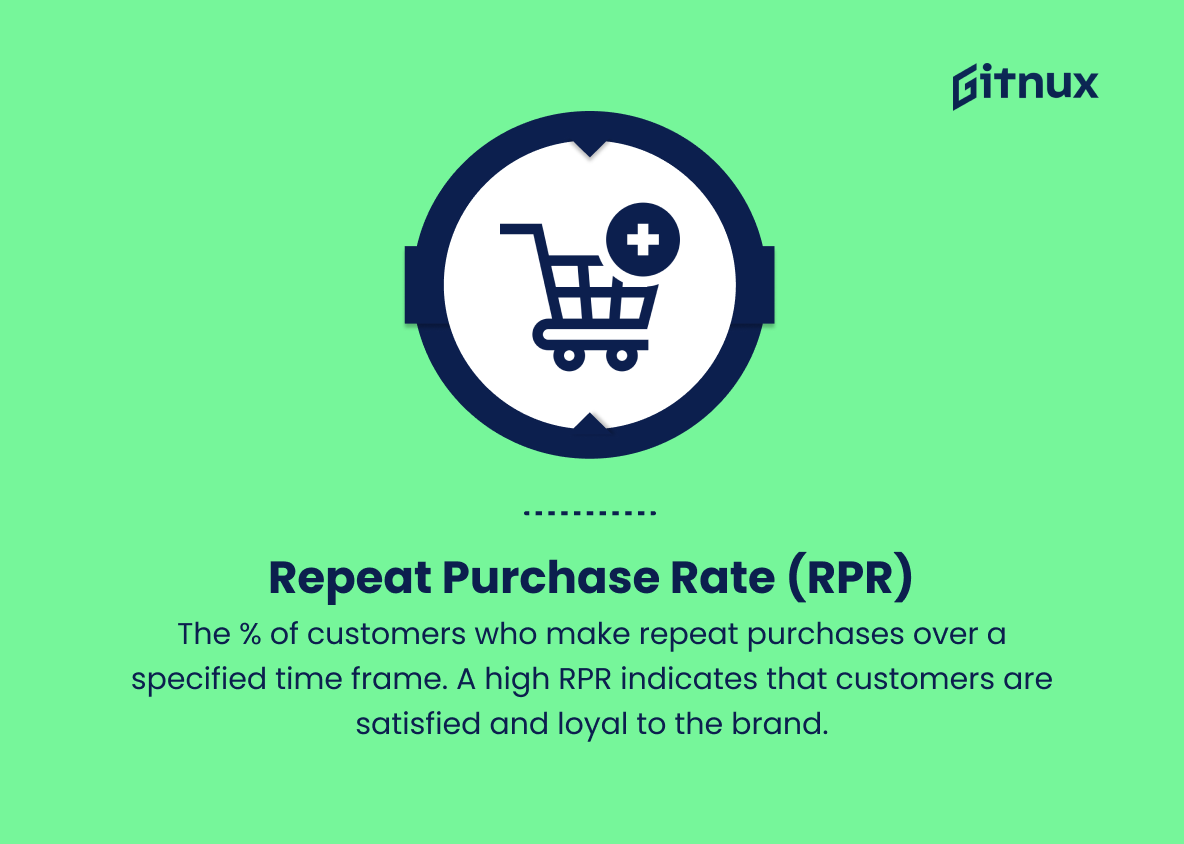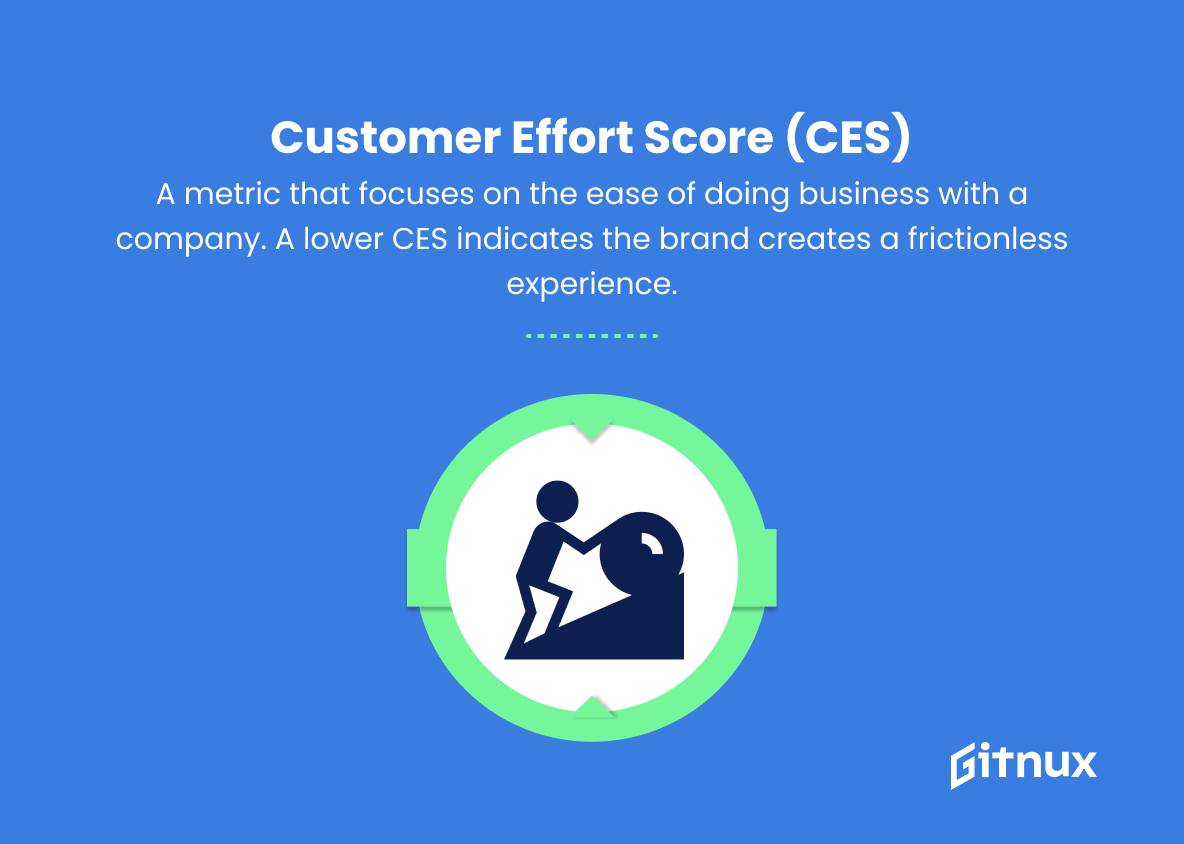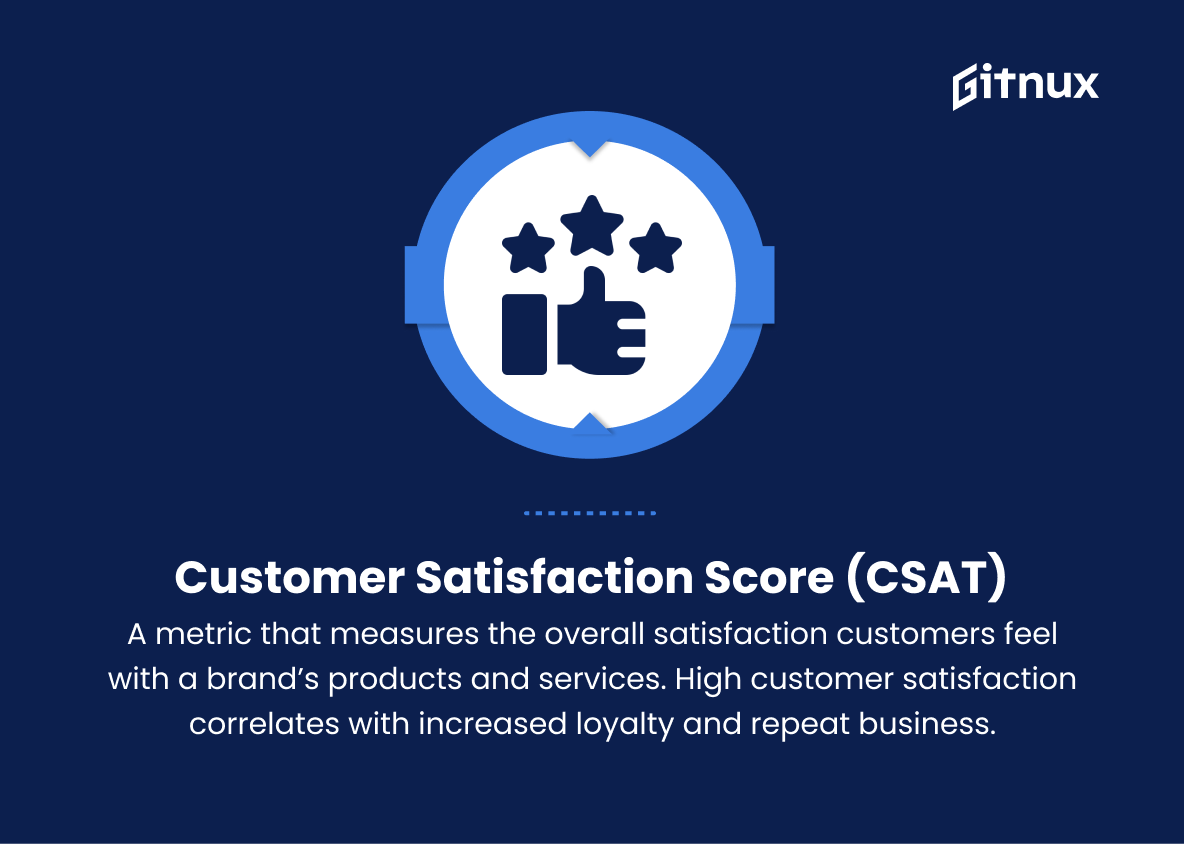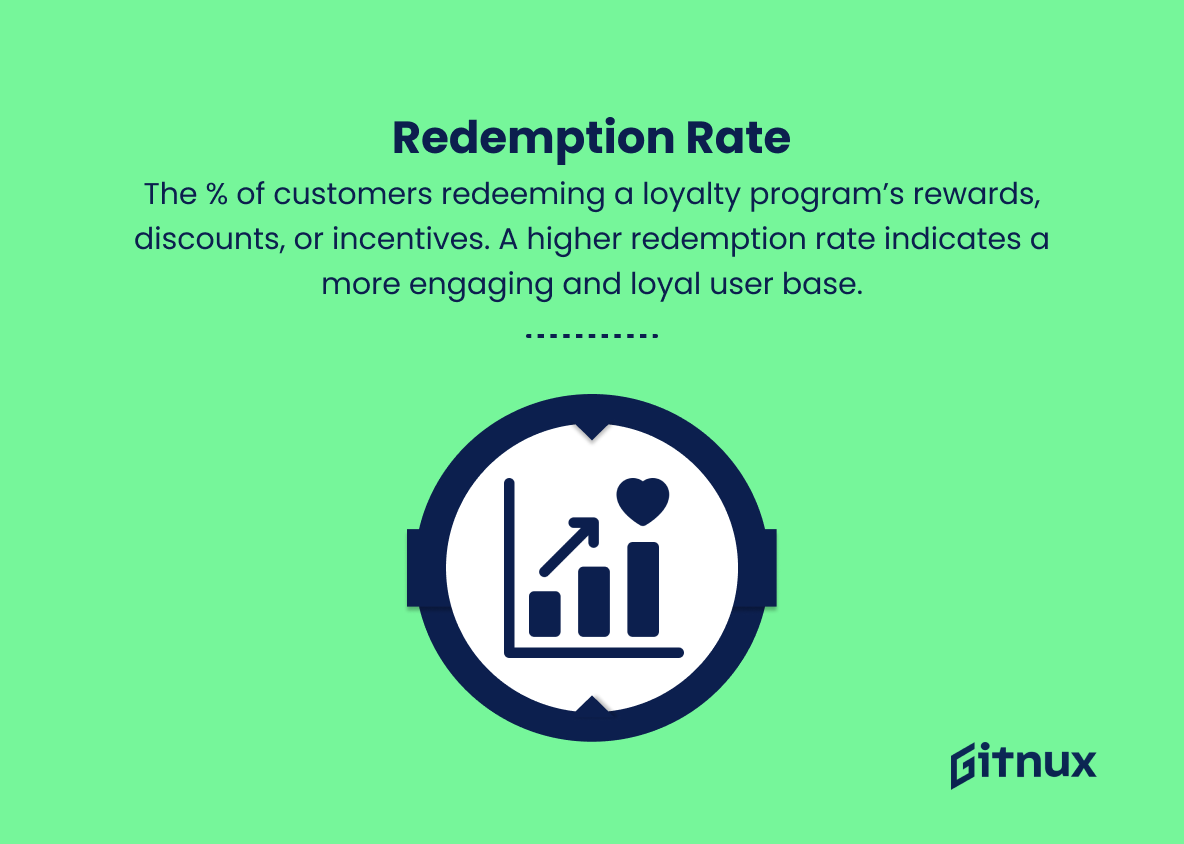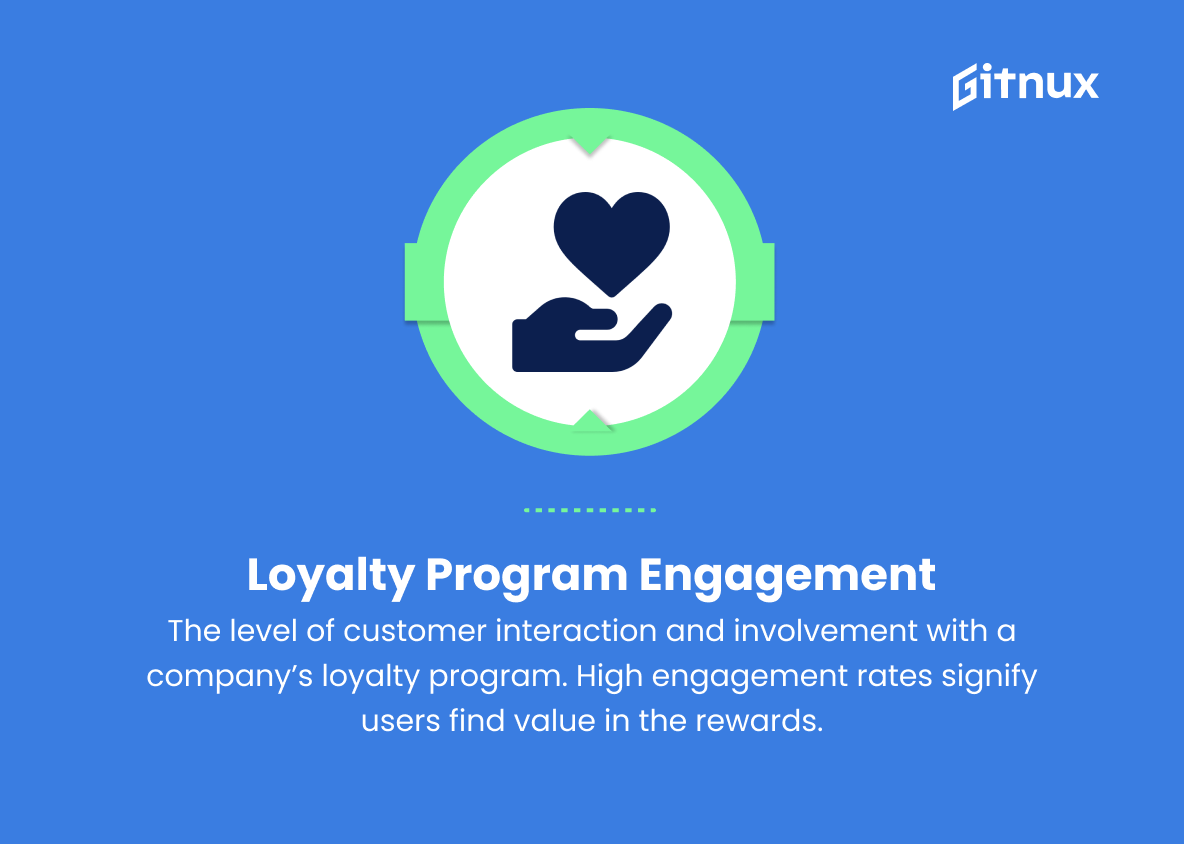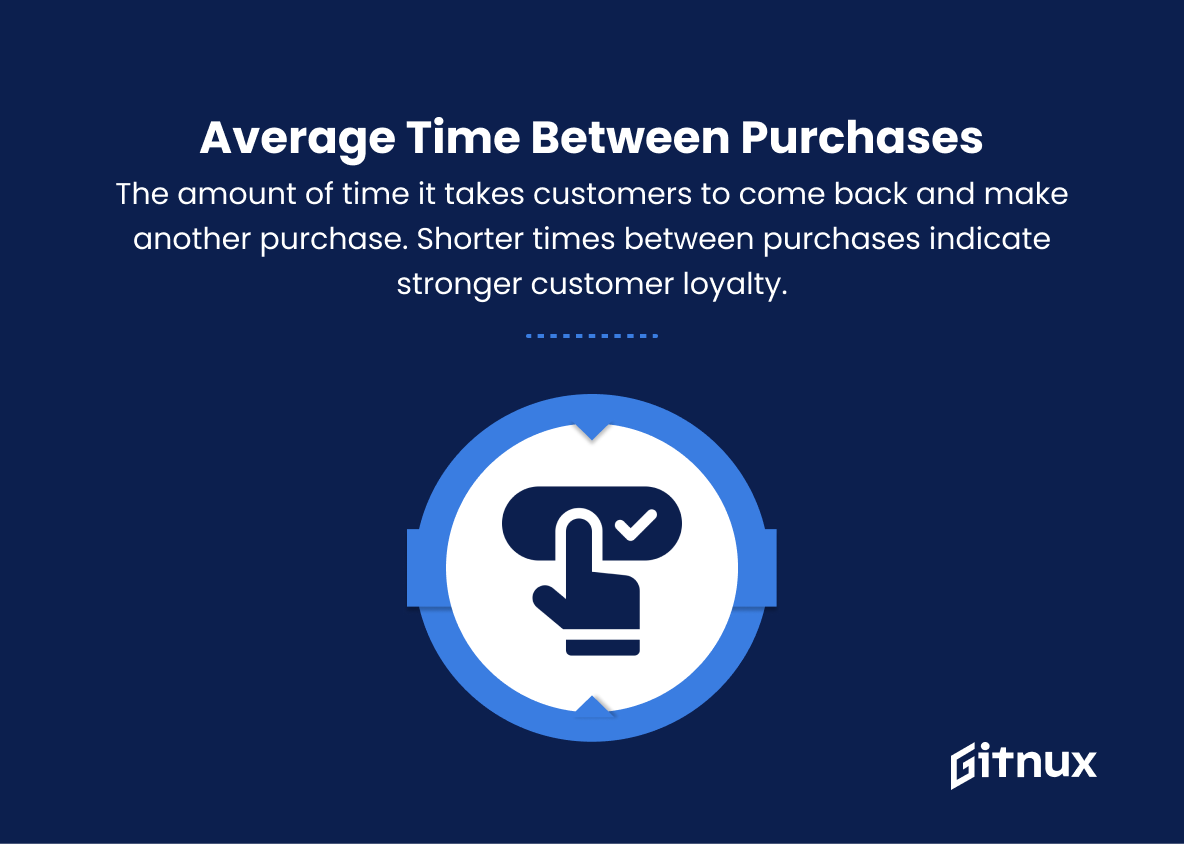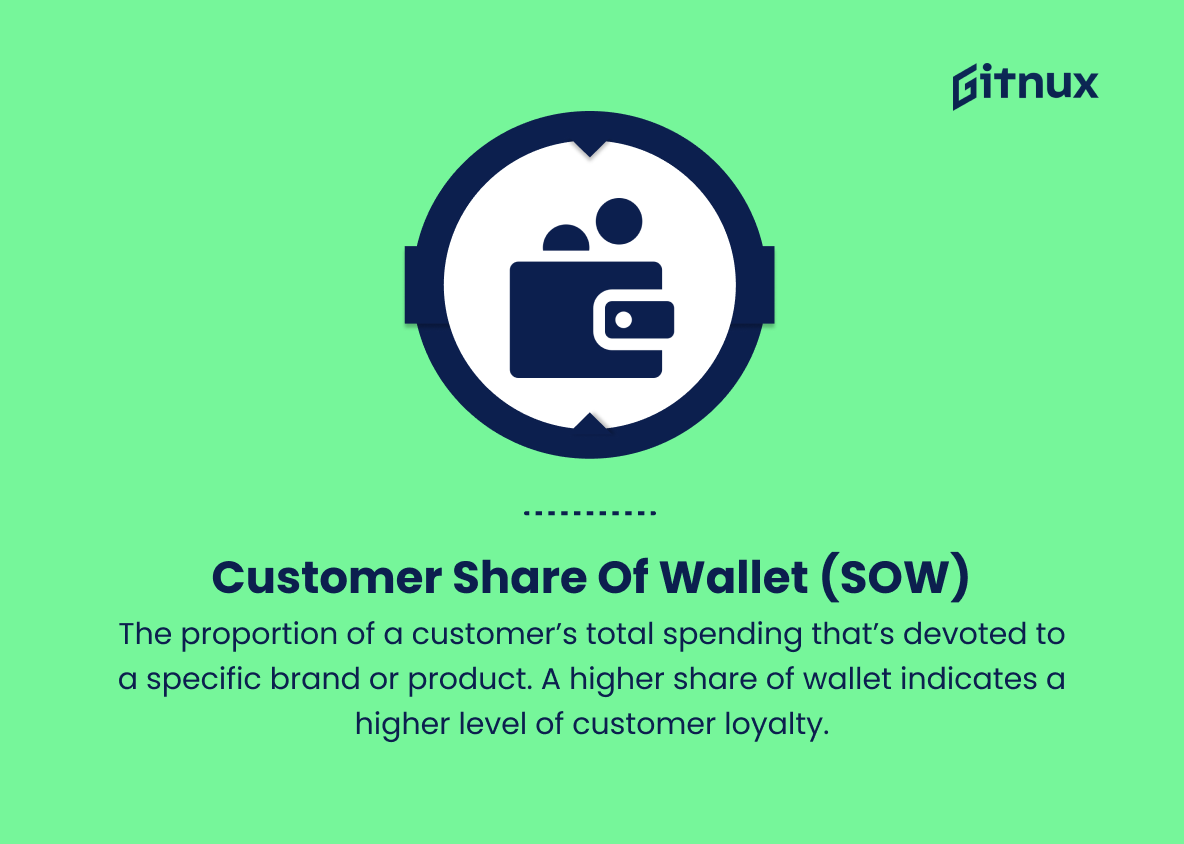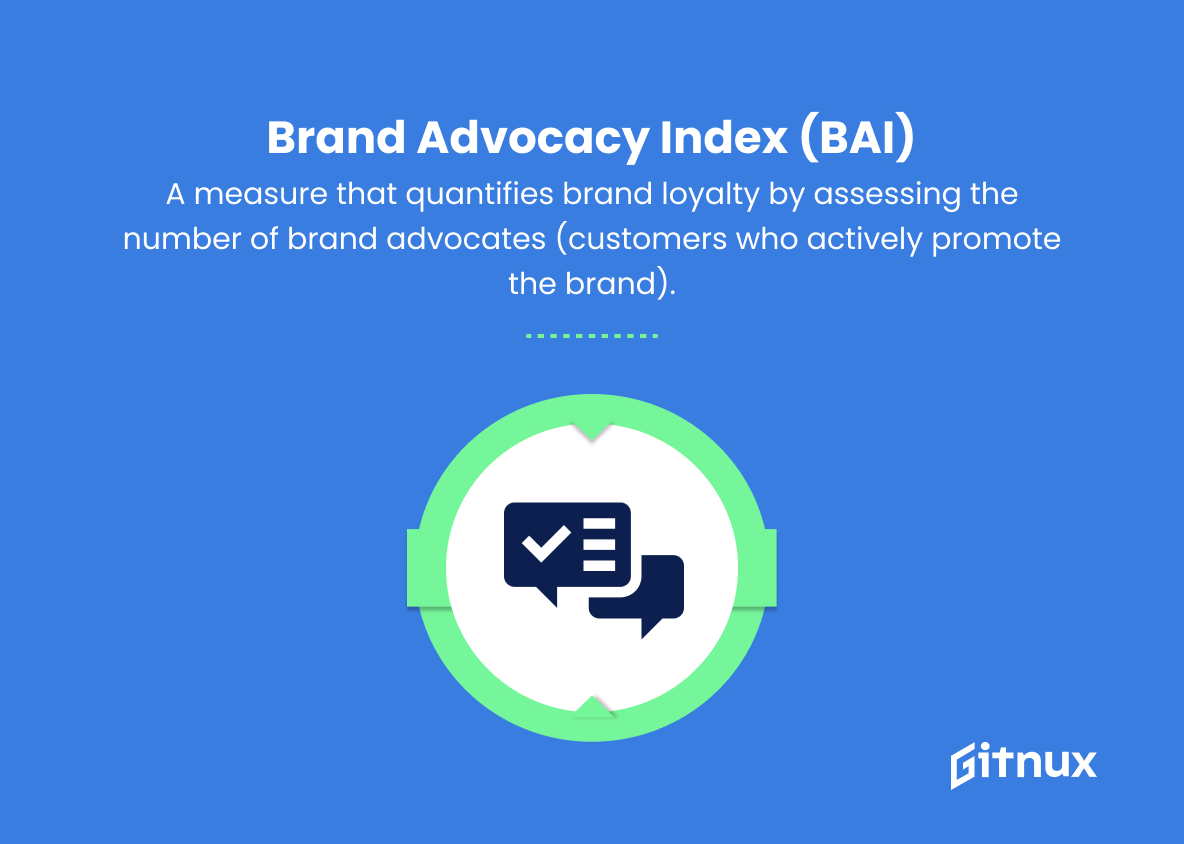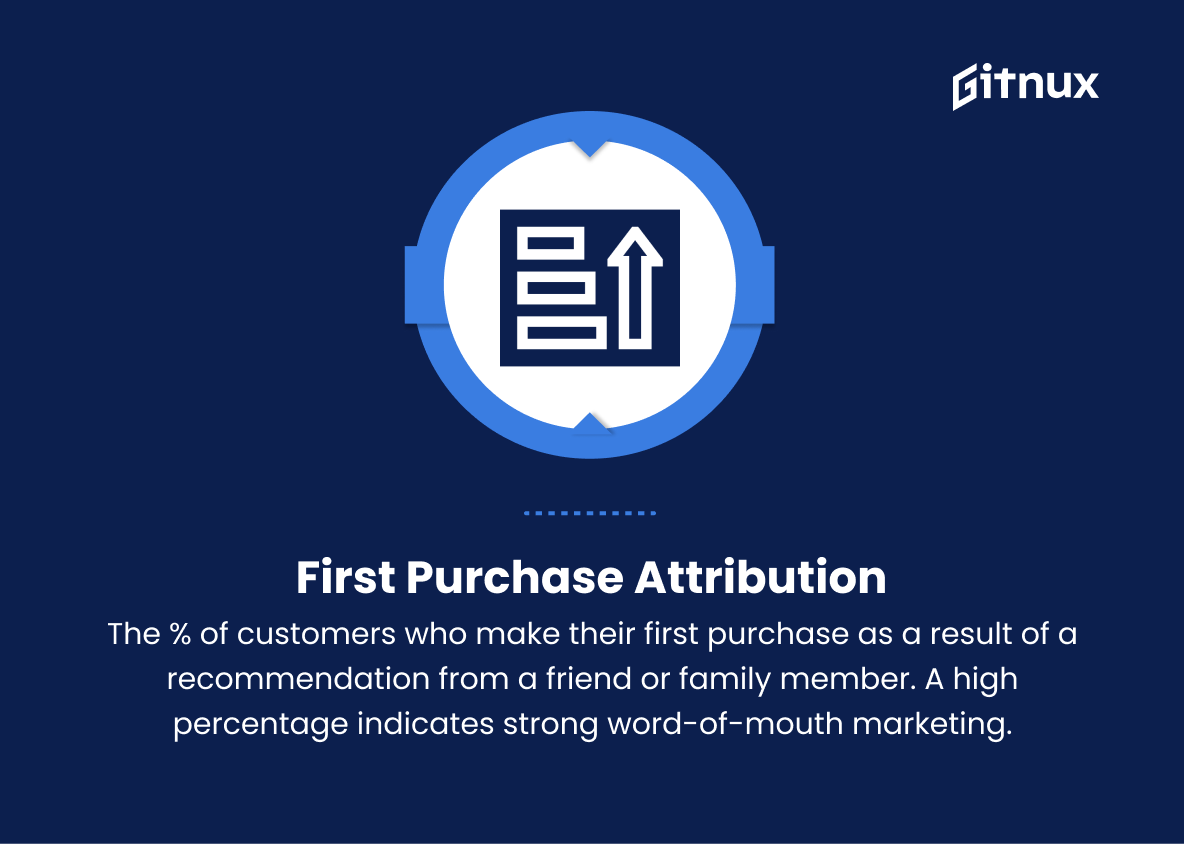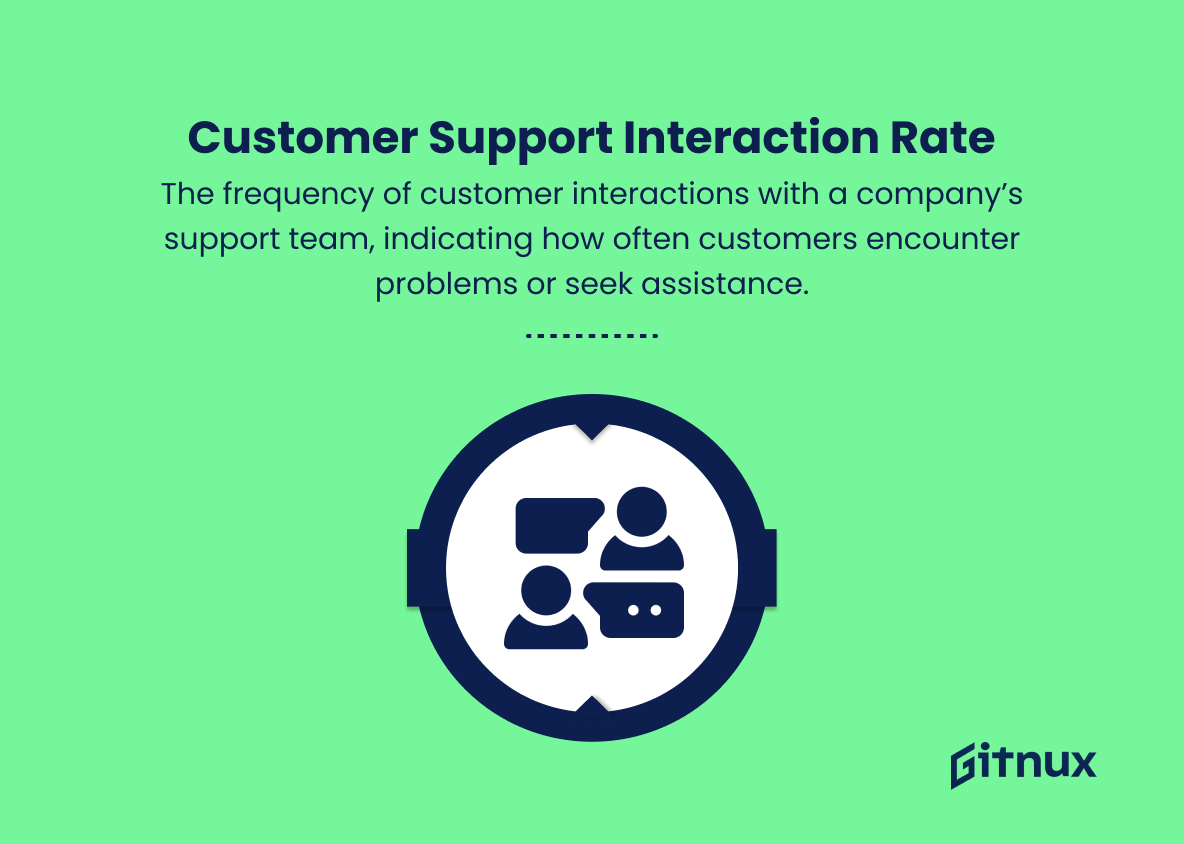In today’s rapidly changing and highly competitive business landscape, customer loyalty is more crucial than ever before. In the face of countless options and rising customer expectations, nurturing a dedicated customer base can be the tipping point between success and failure for any organization. To effectively manage customer relationships and maintain long-term loyalty, it’s essential to have a deep understanding of the driving factors behind customer satisfaction and retention. By tapping into the world of loyalty metrics, businesses can gain valuable insights and uncover the true meaning behind customer behavior, ultimately leading to improved customer experience and sustained growth.
In this blog post, we will delve into the importance of loyalty metrics, explore some of the key indicators that can shed light on customer loyalty, and discuss how they can be utilized to create lasting connections with your most valued customers.
Loyalty Metrics You Should Know
1. Customer Retention Rate (CRR)
The percentage of customers who continue to make purchases from a business over a specific period of time. It demonstrates the effectiveness of customer retention strategies and reflects customer loyalty.
2. Net Promoter Score (NPS)
A measure of customer loyalty based on the likelihood that customers would recommend a business to friends or colleagues. A high NPS indicates a strong connection between the consumers and the brand.
3. Customer Lifetime Value (CLV)
The projected revenue a business can generate from a customer throughout their relationship. CLV helps understand the long-term loyalty and profitability of customers.
4. Customer Churn Rate
The rate at which customers stop doing business with a company during a specific period. A high churn rate indicates low customer loyalty and may require implementing better retention strategies.
5. Repeat Purchase Rate (RPR)
The percentage of customers who make repeat purchases over a specified time frame. A high RPR indicates that customers are satisfied and loyal to the brand.
6. Customer Effort Score (CES)
A metric that focuses on the ease of doing business with a company. A lower CES indicates the brand creates a frictionless experience, leading to loyal customers.
7. Customer Satisfaction Score (CSAT)
A metric that measures the overall satisfaction customers feel with a brand’s products and services. High customer satisfaction correlates with increased loyalty and repeat business.
8. Redemption Rate
The percentage of customers redeeming a loyalty program’s rewards, discounts, or incentives. A higher redemption rate indicates a more engaging and loyal user base.
9. Loyalty Program Engagement
The level of customer interaction and involvement with a company’s loyalty program. High engagement rates signify users find value in the rewards and are likely to continue using the program.
10. Average Time Between Purchases
The amount of time it takes customers to come back and make another purchase. Shorter times between purchases indicate stronger customer loyalty.
11. Customer Share of Wallet (SOW)
The proportion of a customer’s total spending that’s devoted to a specific brand or product. A higher share of wallet indicates a higher level of customer loyalty.
12. Brand Advocacy Index (BAI)
A measure that quantifies brand loyalty by assessing the number of brand advocates (customers who actively promote the brand). A higher BAI suggests a larger group of loyal customers.
13. First Purchase Attribution
The percentage of customers who make their first purchase as a result of a recommendation from a friend or family member. A high percentage indicates strong word-of-mouth marketing and loyalty among customers.
14. Customer Support Interaction Rate
The frequency of customer interactions with a company’s support team, indicating how often customers encounter problems or seek assistance. A lower rate can imply higher satisfaction and loyalty.
Loyalty Metrics Explained
Loyalty metrics play a crucial role in measuring the success of customer retention and satisfaction efforts, as they provide valuable insights into various aspects of customer behavior and loyalty. Metrics such as Customer Retention Rate (CRR), Net Promoter Score (NPS), and Customer Lifetime Value (CLV) highlight the effectiveness of retention strategies, customer satisfaction, and long-term profitability. Additional metrics like Customer Churn Rate, Repeat Purchase Rate (RPR), and Customer Effort Score (CES) indicate the ease of doing business and customer satisfaction, while redemption-focused metrics reflect the engagement and loyalty of customers towards a company’s loyalty program.
Average Time Between Purchases, Customer Share of Wallet (SOW), and Brand Advocacy Index (BAI) focus on customer loyalty, frequency of purchases, and brand promotion. First Purchase Attribution and Customer Support Interaction Rate bring attention to the effectiveness of word-of-mouth marketing and customer satisfaction derived from customer service interactions. Overall, these loyalty metrics help businesses in understanding, tracking, and improving customer loyalty, driving growth and success in the long run.
Conclusion
In conclusion, loyalty metrics play a vital role in measuring customer retention, gauging their satisfaction, and ensuring long-lasting relationships. By utilizing key metrics such as Net Promoter Score, Customer Lifetime Value, and Churn Rate, businesses can identify areas of improvement and maximize their growth potential.
It is essential for companies to continuously assess and adapt their loyalty strategies based on these insightful metrics to foster strong relationships with their customers, maintain a competitive edge, and achieve sustainable success in the long run.

